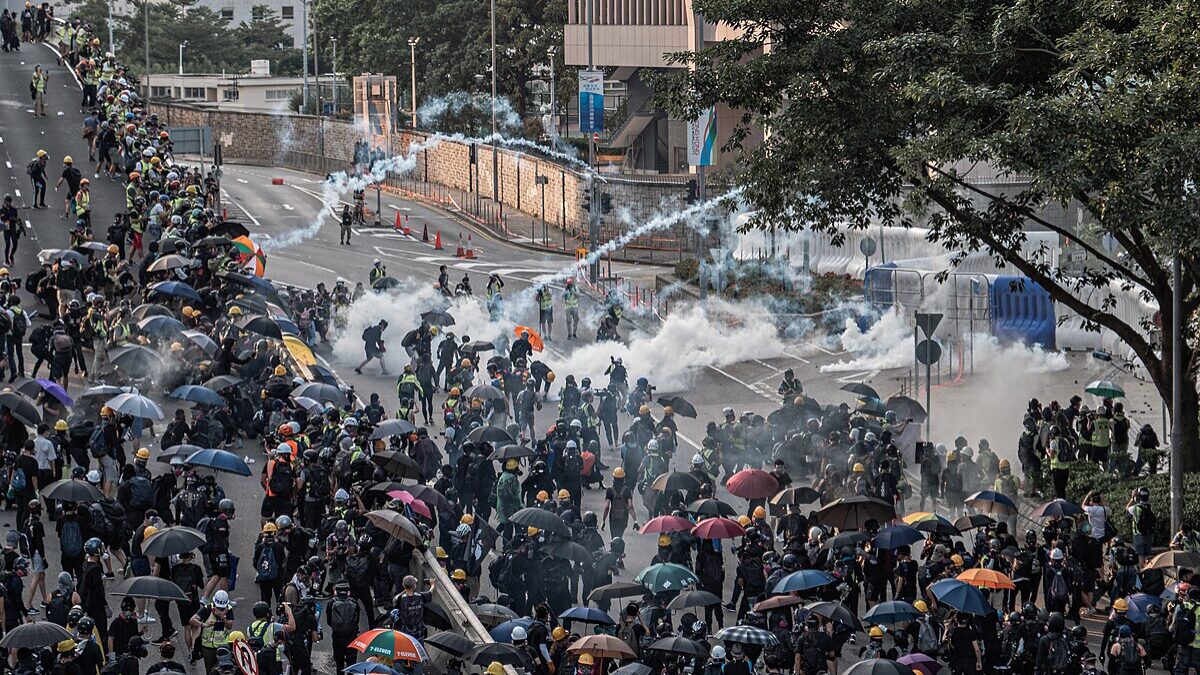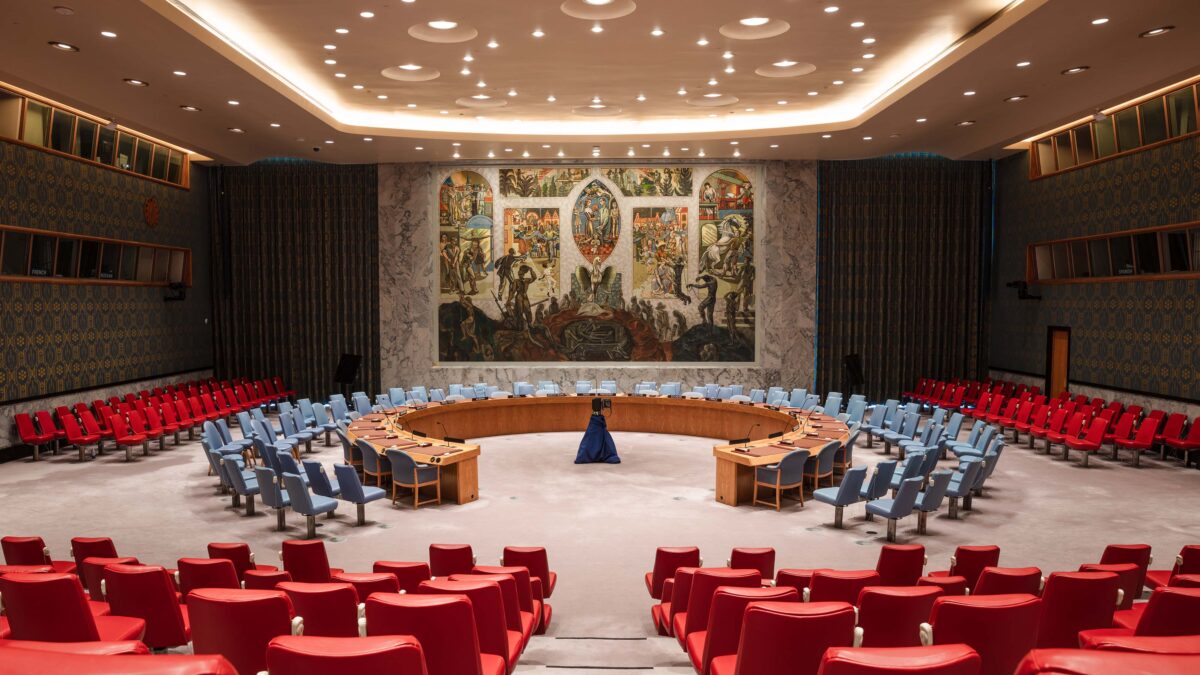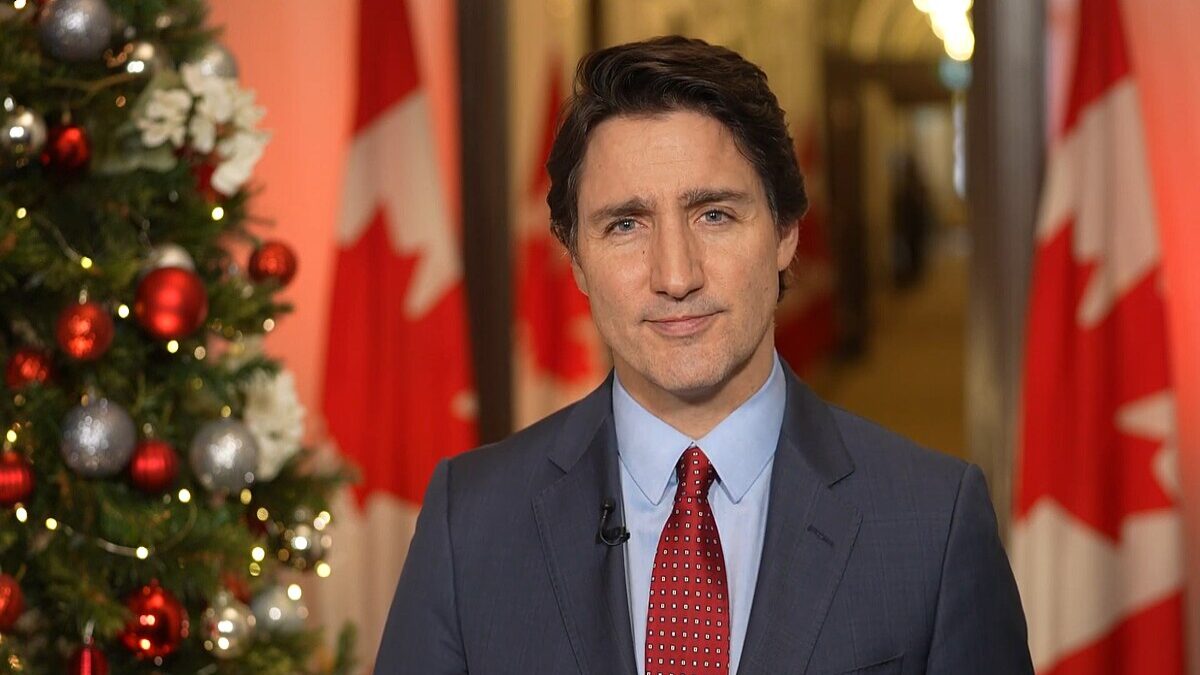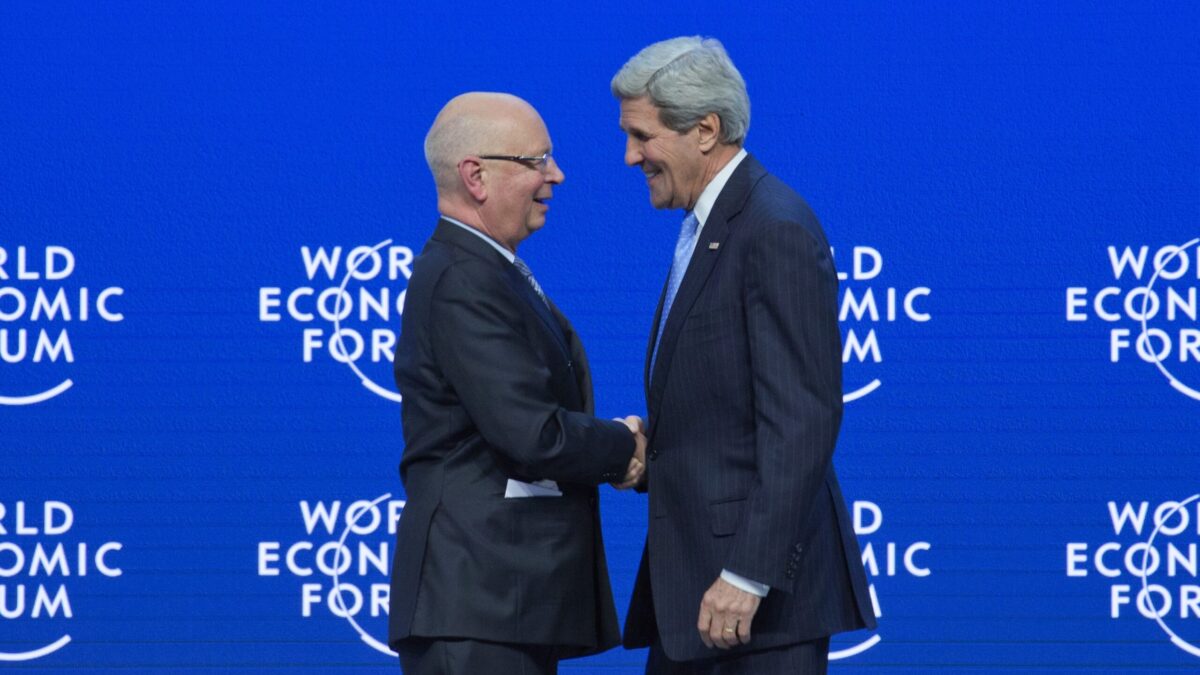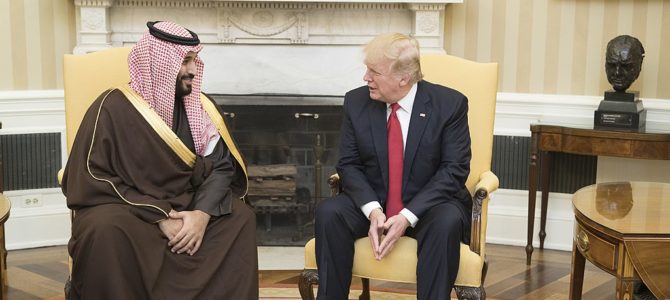
Let’s talk about some real palace intrigue. On Saturday, the kingdom of Saudi Arabia arrested more than ten princes, four ministers, and dozens of former ministers, including several clerics. That list included the noted billionaire and investor Prince Alwaleed bin Talal, one of the richest men in the world. The move shocked the globe and sent speculations flying.
So what’s going on in the House of Saud? This is the latest step in the consolidation of power of the 32-year-old Crown Prince Mohammad bin Salman. The young crown prince is powerful and highly influential mostly because he has the ear of his father, King Salman. No doubt, the crown prince was instrumental in the king’s announcement, just hours before the arrests, of a new anti-corruption committee, which, according to The New York Times, “has the right to investigate, arrest, ban from travel, or freeze the assets of anyone it deems corrupt.”
Not surprisingly, Mohammad was appointed as the chair of this new committee. Because of how intertwined the enormous Saudi royal family is with the government in Riyadh, the lines between private and public money are fuzzy, making corruption charges easy to conjure.
In addition to the high-profile arrests, the Saudi government closed the airport in Riyadh that is used for private planes — preventing any rich family members or allegedly threatening figures from leaving the country — and Salman announced he is taking the place of the minister in charge of the Saudi national guard, putting all three of the Saudi armed forces under the de facto control of the crown prince, who is also the minister of defense.
Latest in a Series of Saudi Leadership Upheavals
Although the Saturday night arrests were the largest and most surprising moves to consolidate power, they aren’t the first, nor are they out of character for the young king-to-be. Mohammad is a relative newcomer to the line of succession. He only became the crown prince in June, taking the place of the former crown prince, Mohammed bin Nayef, Salman’s nephew, who has since been under house arrest.
This change represented a major upheaval of the Saudi system of succession and upset many in the Saudi royal family. Since the founding of the kingdom in 1932 by King Abdulaziz bin Abdul Rahman, also known as Ibn Saud, the throne has gone from brother to brother among Ibn Saud’s children (he had 45 sons). When Mohammed bin Nayef was named crown prince in 2015, he was the first prince to become next in line to the throne who was not one of Ibn Saud’s sons. However, it kept with the spirit of the tradition in that he is the son of the current king’s brother. By redirecting the line of succession to his own son, Salman upended more than 60 years of royal tradition.
It’s unclear, at this point, how the royals will react to this soft coup, or if there’s really anything they can do about it. The crown prince is trying to consolidate power and eliminate any potential threats to his succession to the throne, and it’s working. It’s almost like a silent coup.
Mohammad’s Vision for Saudi Arabia
All of this intrigue raises questions about the new crown prince and what, exactly, he wants. Mohammad made his name as a reformer in the short two years since he rose to the national scene, most notably as the author of a 2016 plan to transform Saudi Arabia and reduce the country’s dependency on oil. The plan, called “Vision 2030,” focuses on modernizing the economy, promoting tourism and education, and supporting non-oil industry trade in the wake of plummeting oil prices.
His vision for Saudi Arabia also appears to be one in which religious fundamentalism takes a back seat. Mohammad was behind the September decision to change Saudi Arabia’s long-standing, ridiculous ban on women driving, a central component to restricting and monitoring the movement of women and keeping them out of the work force. Women will also be allowed to enter sports stadiums beginning next year. In addition, the crown prince approved public concerts this year, which had been banned, and there are rumors of the return of movie theaters to Saudi Arabia (they’ve been gone since the 1980s).
Lifting the driving ban, along with the other cultural reforms, are changes that Saudi clerics, who adhere to an ultra-strict interpretation of Islam called Wahhabism, strongly oppose. But Mohammad has said in no uncertain terms that he will move forward with his plan to bring moderation to Saudi Arabia, with or without the clerics.
In October, at a conference in Riyadh, he described his vision for the future of Saudi Arabia, one where religious extremism has no place. He promised to rid the country of “extremist ideologies” and return to “a more moderate Islam.” He went on to say, “Seventy percent of the Saudi population is under the age of 30. In all honesty, we will not spend 30 years of our lives dealing with extremist ideologies. We will destroy them today and immediately.”
At that same conference, the crown prince referenced 1979, the year of the Iranian Revolution and when Sunni fundamentalists took control of the Grand Mosque in Saudi Arabia’s Mecca. 1979 was, in the crown’s view, when Saudi Arabia took a sharp turn toward religious fundamentalism. He told the conference attendees, “All we’re doing is going back to what we were: a moderate Islam that is open to all religions and to the world and to all traditions and people.”
It was smart for him to allude to Iran, his country’s nemesis in the region, to link modernization with anti-Iran sentiments — something it would be difficult for Saudi clerics to counter given the ongoing tensions between the two countries, including the proxy war in Yemen. On Monday, tensions with Iran ratcheted up further when Saudi Arabia accused Lebanon of declaring war against it in the wake of the resignation Saturday of Prime Minister Saad al-Hariri, a Saudi-allied Lebanese politician. Saudi officials blamed the resignation on Hezbollah, the Iran-backed Shiite group that the United States considers a terrorist organization but is nonetheless represented in the Lebanese parliament.
A Bid for Young People’s Support
But for all the regional geopolitical problems facing Saudi Arabia, domestic troubles are just as pressing. Mohammed’s confrontation with the religious establishment first revved up in 2016, when he spurred the reforms of the country’s religious police, including banning them from making arrests. Some saw this as merely a symbolic move (the religious police have, in the past, been chastened only to make a comeback). But even if that’s true, symbolically pushing back against the powerful clerical class is a bold step and an indication that the young prince means to radically change the country, and perhaps more importantly for him, ensure that he ascends to the royal throne and stays there.
Saudi clerics seem to be getting the message that they’re going to have to go along to get along. After Saturday’s purge, which included the arrests of dozens of clerics, the Council of Senior Scholars, Saudi Arabia’s main religious body, expressed approval for the arrests and support for fighting corruption.
The audience for all these reforms, as evidenced by the crown prince’s October speech, are Saudi Arabia’s youth. Mohammed is trying to woo the young people who make up the majority of the country. Perhaps he’s doing this because he knows that if Saudi Arabia stays culturally entrenched in fundamentalist Islamic ideology, it’s destined to fall prey to the instability endemic to the region. There will, eventually, be a revolt, especially if the oil economy falters and the government is no longer able to keep the population well-fed and well-paid.
There are two ways to interpret the purge over the weekend and the series of moves against Saudi Arabia’s conservative religious establishment. The first is that Mohammad is a true reformer, who wants to prepare his country to survive well into the twenty-first century. To be able to pursue the reforms necessary for that survival, he’s removing anyone he thinks would or could oppose his rule and all its attendant reforms.
The other possibility is that he fears being overthrown and sees the religious leadership in his country as the most serious threat to his power and planned reforms, which he believes will keep young Saudis happy.


